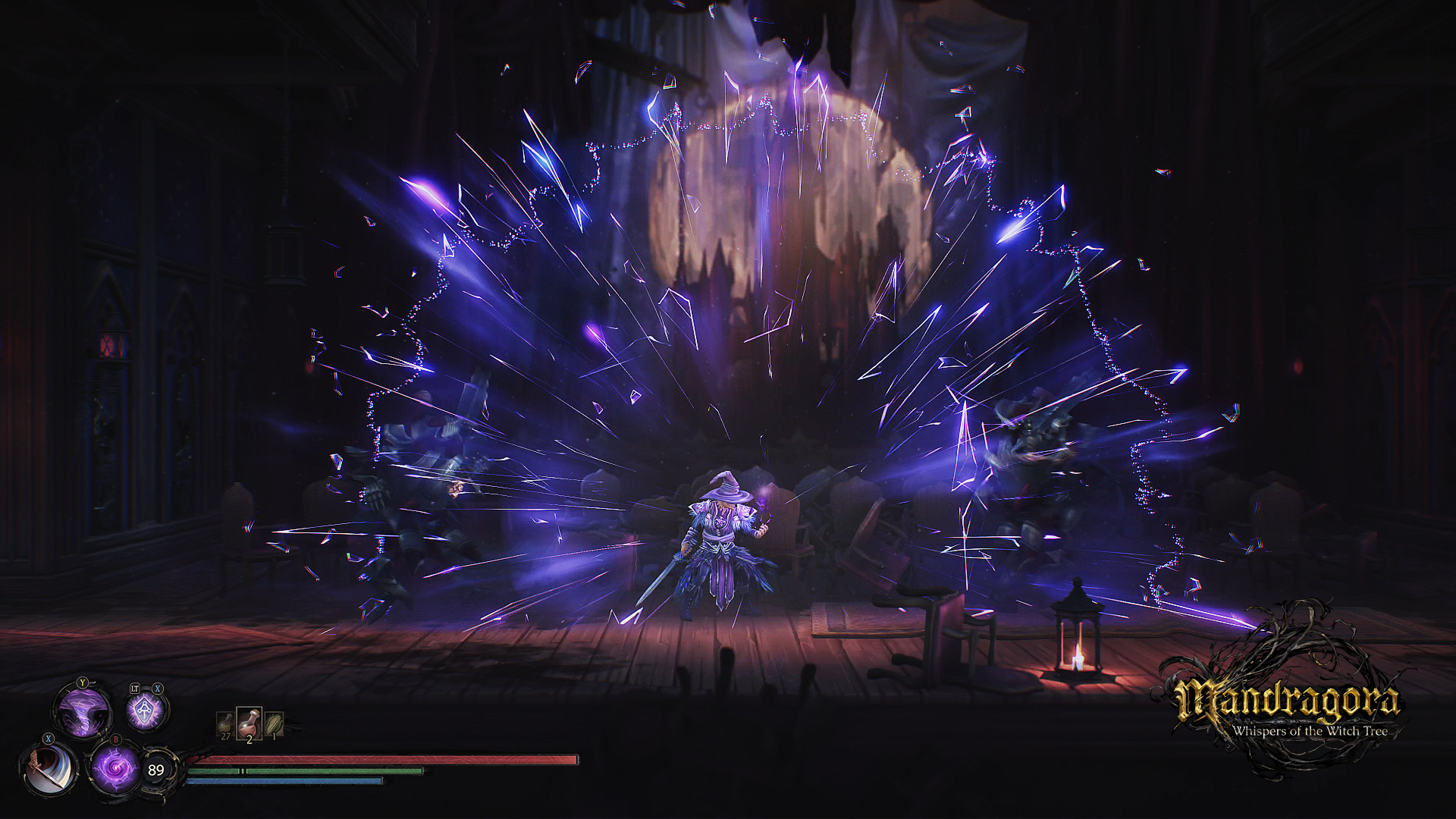Microsoft must manage consumer expectations of Windows 10 S to avoid PR nightmare
Microsoft said Windows 10 S is the Windows we all know. There's one major difference, however, that could be problematic for consumers and a real PR issue for Microsoft.
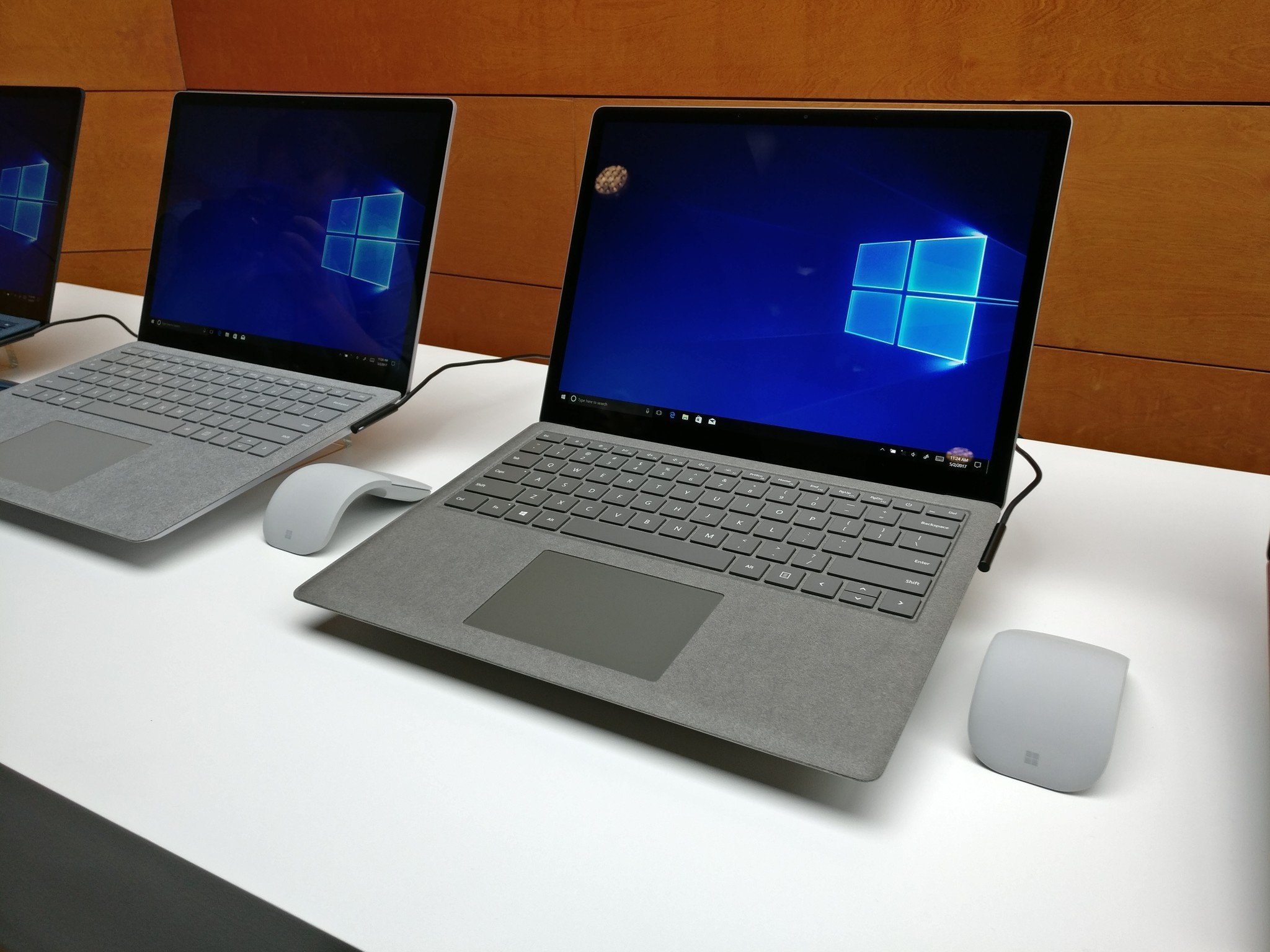
Windows 10 S is a new version of Windows which is initially being targeted at the education sector. Microsoft hopes that in time it will become the default mass market version of the OS.
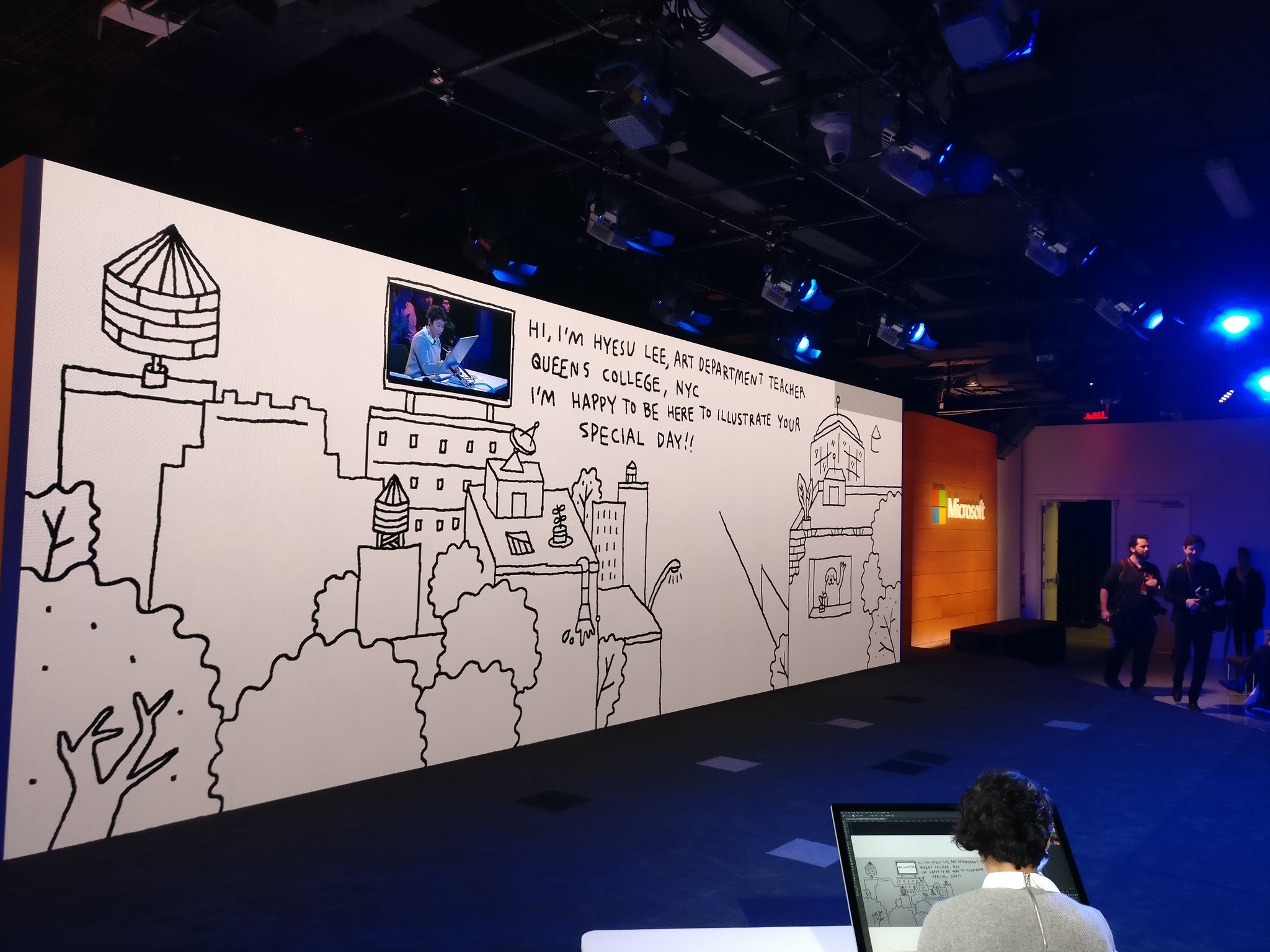
Windows 10 S and the Surface Laptop take on Google and Apple
Here's the issue: Unlike the Windows we know, this version does not run Win32 apps. In the lingo of "Joe Consumer," it won't run familiar programs such as the popular Chrome browser. Instead, it's locked to the Windows Store where users can download the more secure Universal Windows Platform (UWP) apps that have features such as Live Tiles, Cortana integration, and access to other app services.
Why Windows 10 S?
This new OS has some perks. By keeping Win32 apps at bay, a host of drawbacks that Windows users have grown used to enduring are also kept away. Lead Program Manager for the Windows Developers Platform Group, Stefan Wick, put it this way:
In today's world, Win32 has a lot of problems in terms of user confidence, privacy, battery life, etc. We don't want to bring those problems into UWP but want to provide the functionality that the user wants - and make sure the user is in control at the same time.Win32 apps can run code at any point in time at full privileges without the user's intent, drain your battery, read your files, etc. UWP creates a much higher level of user confidence and control.
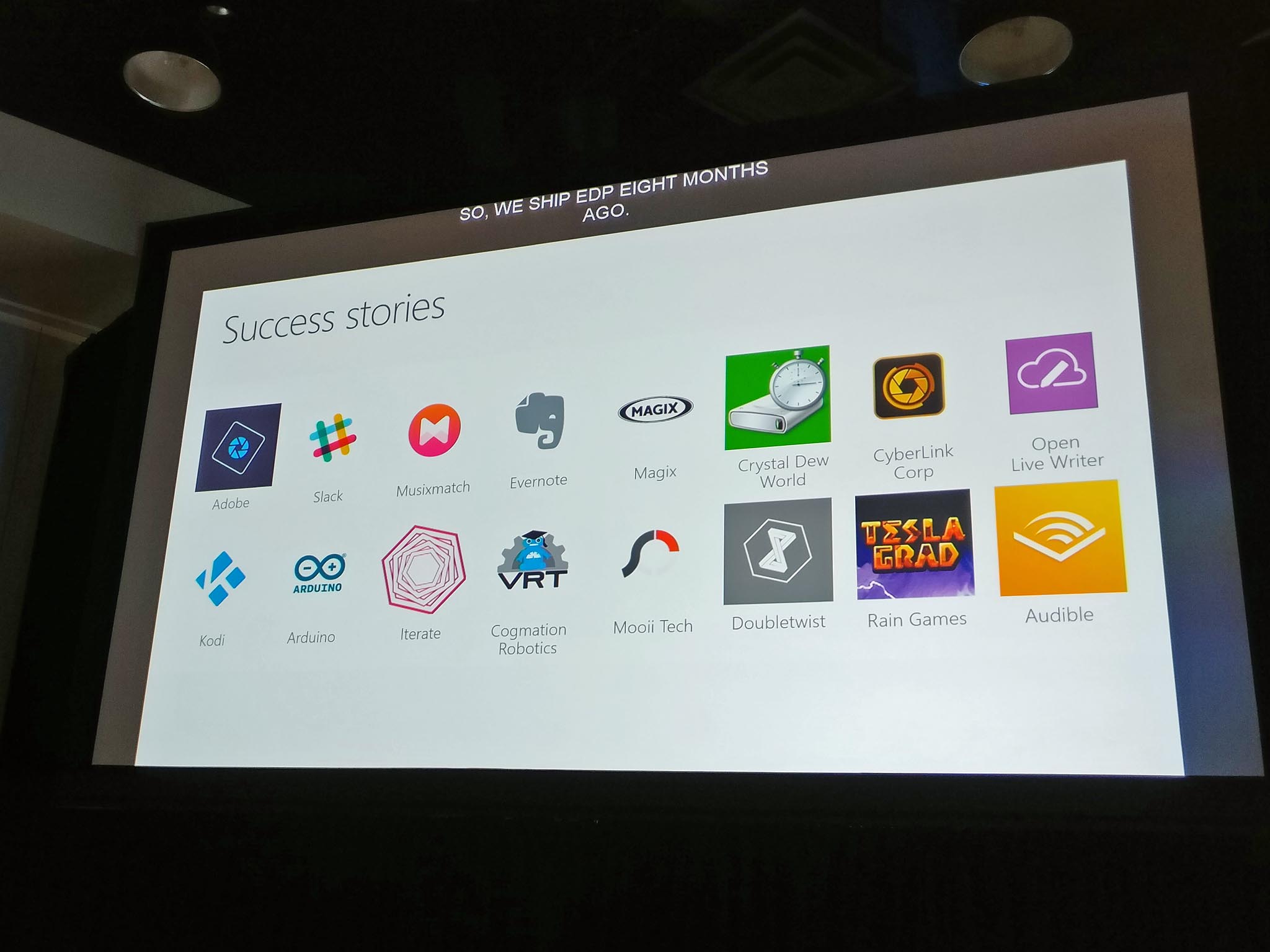
Windows 10 S offers many benefits. The modern desktop experience it provides, as well as the potential for increased Store traffic, are reasons Microsoft deems the OS good for users. It also benefits UWP, the company's positioning in the modern app-ecosystem-driven market, and the company's bottom line. Microsoft has many incentives to aggressively push Window 10 S.
Though most early Windows 10 S PCs will be targeted at schools, some consumers will buy them. Furthermore, the Surface Laptop running Windows 10 S is targeted at college students. These early customers and a possible growing number of users will buy these new Windows PCs that won't work like their old PCs.
The question is, how is Microsoft planning to communicate to consumers that the Windows PC they may be buying will work differently than the Windows they know? And getting to the Windows they know will cost an additional $49 after they get their new PC home.
Get the Windows Central Newsletter
All the latest news, reviews, and guides for Windows and Xbox diehards.
Communication must be intentional
Windows has been on the market for decades, and users are comfortable with it. History has shown that when this staple in personal computing changed too radically or in unexpected ways, users rebelled. (Think Windows Vista.)
Many of us grew up on Windows, so it's both personal and familiar. Even with updates and evolutions to the OS we expect things to fundamentally work the same. When they don't our responses are visceral. The backlash to Windows 8 was profound, for example.
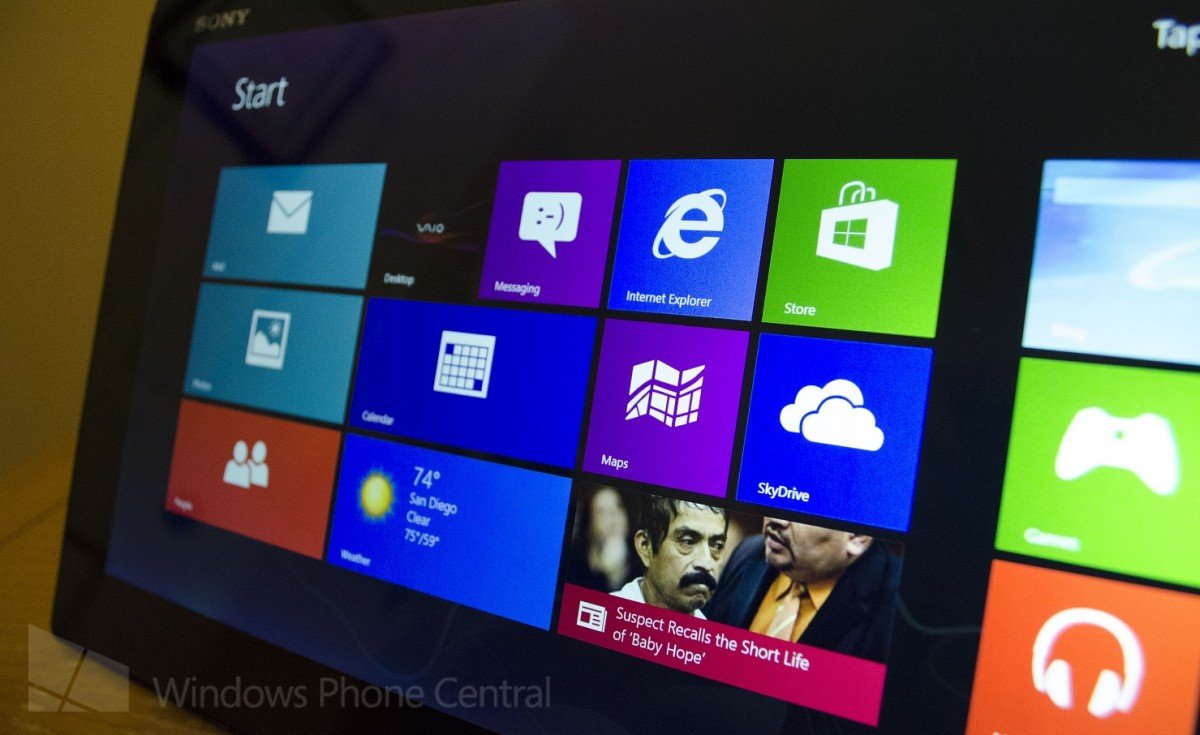
Changes that came with Windows Vista frustrated users, and the Live Tile UI of Windows 8 angered them. Imagine how users will respond when they are surprised by a requirement to pay $49 to do what they have always done on any other version of Windows.
Microsoft's Windows S strategy and the company's vision for that OS are the future of Windows. I'm not arguing for or against that strategy. What I am addressing is Microsoft's need to ensure that the limits of the platform are broadly and clearly communicated to the entire market.
If consumers knew these limits beforehand, they likely wouldn't mind Microsoft's positioning a version of Windows that won't allow traditional programs. Especially since they don't have to buy those PCs, and if they do, the option to upgrade is there. What consumers will mind is ignorantly buying a Windows 10 S PC and being surprised by its limits and the cost to upgrade.
Good will
With Windows 7, Microsoft overcame the general bad will of the Vista debacle. Windows 10 is helping the company recover from the more recent Windows 8 flub. With UWP, Microsoft is attempting to establish a strong footing in a personal computing paradigm that has shifted away from the desktop toward a mobile and app-based model.
Windows 10 S is key to the company's strategy to make UWP and its app ecosystem relevant. It is also foundational to the company's long-term mobile plans to bring an ultimate mobile device to market that via Continuum can be a PC.
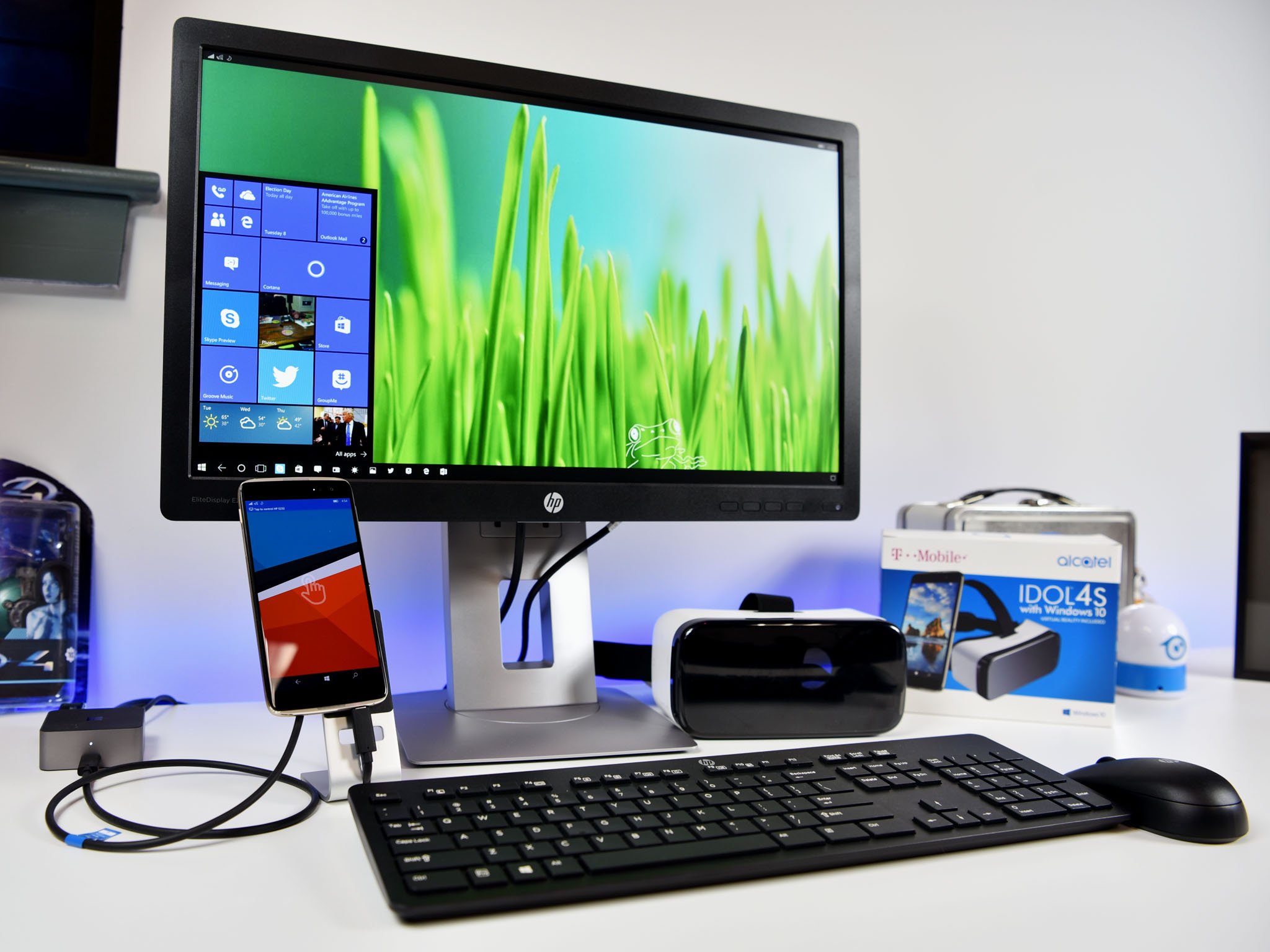
Windows 10s and Project Centennial are critical to Continuum's success
Failure to communicate the limits of Windows 10 S to unsuspecting consumers can create a PR nightmare for Microsoft in the critical early stages of the platform. Rather than marketing the merits of the OS, Microsoft may find itself in the uncomfortable defensive position of assuaging angry users.
Though the numbers of Windows 10 S users outside of the education arena (where the limits of the OS would be known) will initially be small, the effects of negative experiences are exponential. One user's negative experience will be compounded as he shares his opinion within his circle of friends and family.
Failure to communicate can have broad and long-lasting effects.
Several hundred bad experiences become echoed by the thousands, and potentially millions, with the additional support of social media. Mainstream media may pick up the story with the slant that Microsoft failed to communicate the limits of its new OS and required consumers to pay $50 to do what they "expect" to do with Windows.
Getting ahead of the story
I know that Microsoft is offering the Windows 10 Pro upgrade for free to students, teachers, and administrators. But how does the company plan to communicate the Windows 10 S story to the masses?
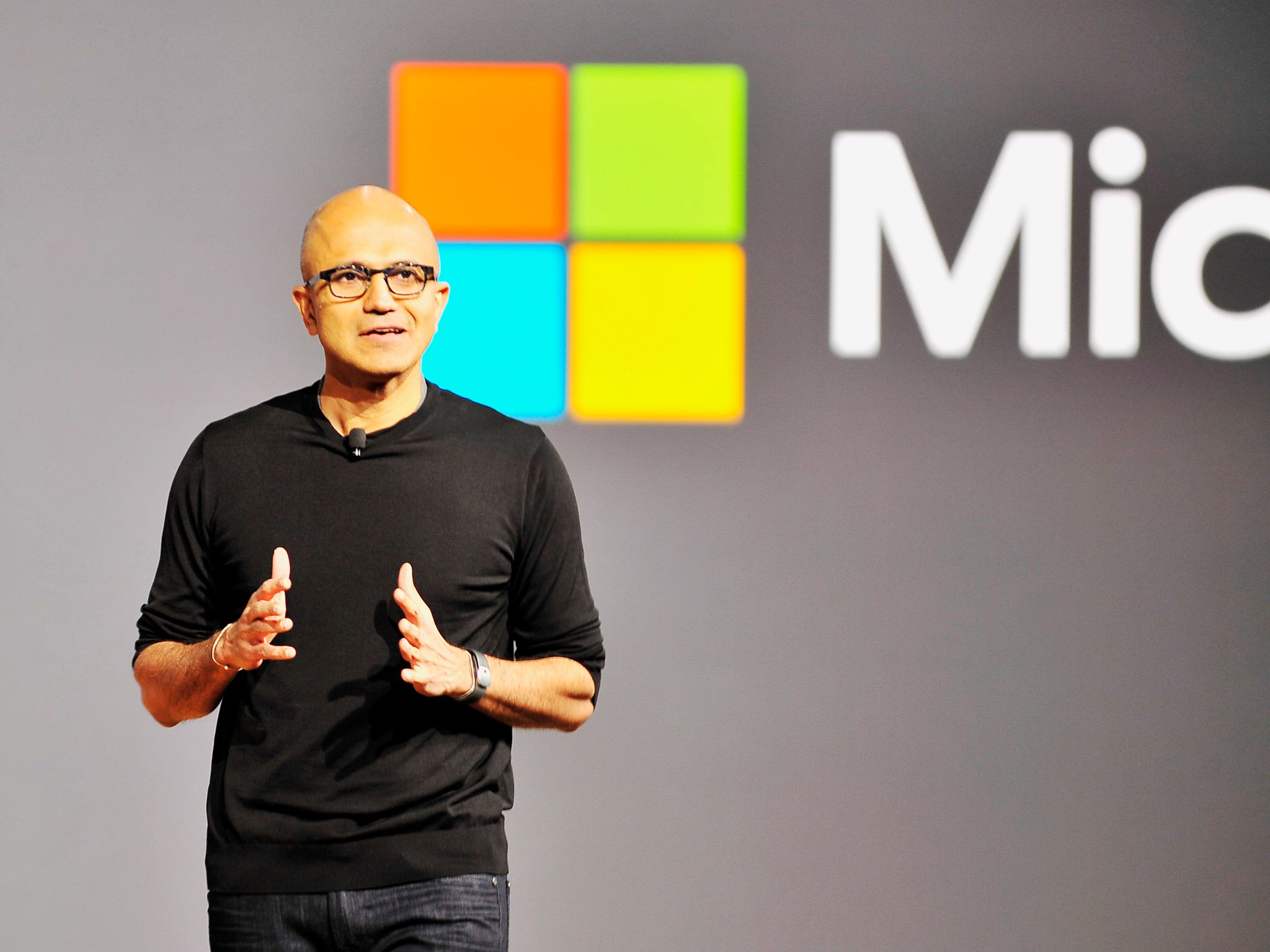
Will there be a television ad campaign? Will Microsoft rely entirely on retail associates and store displays to tell the story? Is Microsoft assuming that there will be an "unassisted" natural progression of the Windows 10 S story from the education sector to the mainstream? Is Microsoft relying on the "tech experts" (like you) to communicate the story?
Microsoft can't assume consumers will "know" what Windows 10 S is, and it needs to make every effort to ensure they know.
Jason L Ward is a columnist at Windows Central. He provides unique big picture analysis of the complex world of Microsoft. Jason takes the small clues and gives you an insightful big picture perspective through storytelling that you won't find *anywhere* else. Seriously, this dude thinks outside the box. Follow him on Twitter at @JLTechWord. He's doing the "write" thing!

